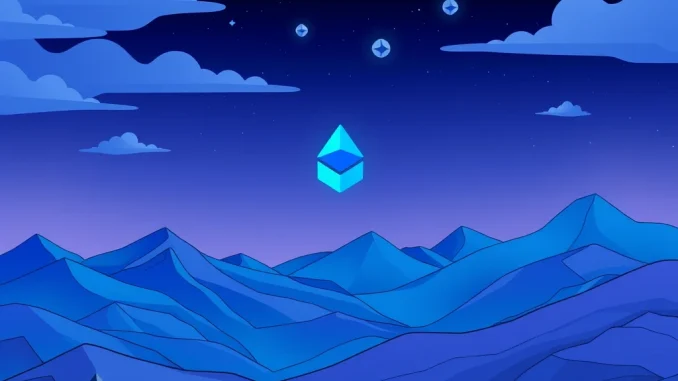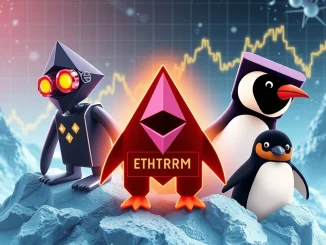
Big news from the world of Ethereum layer-2 scaling solutions! The **Scroll Ethereum rollup** has officially reached a significant milestone by entering Stage 1 of its development lifecycle. This move is a key step towards enhancing the network’s robustness and reliability.
What Does Reaching Scroll Stage 1 Actually Mean?
For many, blockchain technology can seem complex, but this development is relatively straightforward in its impact. According to a report by Decrypt and confirmed by a post from Scroll itself on X, entering **Scroll Stage 1** signifies a major upgrade to the network’s infrastructure.
In simple terms, this stage allows the Scroll network to continue operating smoothly and processing transactions even if a critical system component were to experience a failure or if there were attempts at censorship. Think of it as building in redundancy and backup systems that ensure the network stays online and functional under adverse conditions.
Why is Blockchain Resilience So Important?
The core promise of blockchain technology, including projects built on Ethereum, is decentralization and reliability. However, even decentralized systems can face challenges. This is where **blockchain resilience** comes into play.
- Preventing Downtime: Stage 1 helps prevent the network from going offline, ensuring users can always access their funds and execute transactions.
- Censorship Resistance: By allowing the network to function even if specific operators or components fail, it becomes much harder for any single entity to censor transactions or disrupt activity.
- Building Trust: A network that can withstand failures is more trustworthy for developers building applications and users relying on those applications for daily activities.
This enhanced resilience is critical for the long-term health and adoption of the **Scroll network**.
Scroll: An Ethereum Layer-2 Solution
Scroll is designed as an **Ethereum layer-2** scaling solution. Its purpose is to process transactions off the main Ethereum chain (Layer 1) and then bundle them up efficiently before submitting the final state back to Ethereum. This significantly increases transaction throughput and reduces costs compared to transacting directly on Layer 1.
Rollups like Scroll are seen as vital for Ethereum’s future, enabling it to handle a massive number of users and applications without becoming congested or prohibitively expensive. Reaching Stage 1 demonstrates Scroll’s commitment to not just scaling Ethereum, but doing so in a way that maintains the core principles of reliability and censorship resistance.
What’s Next for the Scroll Network?
Entering Stage 1 is a significant step, but it’s part of a larger roadmap. Future stages will likely introduce further decentralization, security enhancements, and potentially new features. This continuous development is essential for any layer-2 project aiming to be a cornerstone of the decentralized web.
For developers and users on the **Scroll network**, this milestone means increased confidence in the platform’s stability and future prospects. It signals that the project is maturing and prioritizing the robustness required for widespread adoption.
In Conclusion: A Milestone for Scroll and Ethereum
Scroll’s entry into Stage 1 of its **Scroll Ethereum rollup** is a positive development for the project and the broader Ethereum ecosystem. By enhancing its ability to process transactions uninterrupted and improving **blockchain resilience**, Scroll is strengthening its foundation as a reliable **Ethereum layer-2** solution. This move underscores the project’s dedication to building a robust **Scroll network** capable of supporting the next wave of decentralized applications and users.



